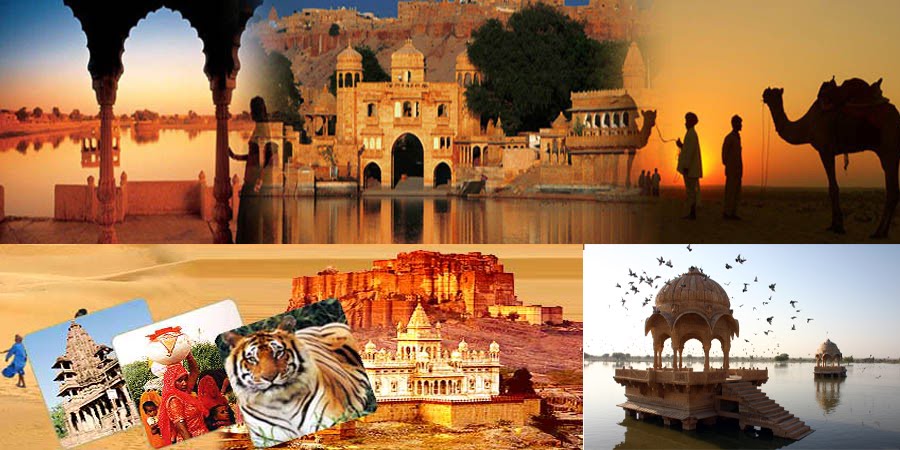Bikaner
Bikaner, a charming city in Rajasthan, is known for its rich history, stunning architecture, and vibrant culture. Here’s a comprehensive guide for your Bikaner tour:
Day 1: Arrival and Exploring the City
Morning:
- Arrive in Bikaner: Check into your hotel and freshen up.
- Junagarh Fort: Start your tour with this magnificent fort, known for its intricate architecture and stunning interiors. Explore the palaces, temples, and museums within the fort.
Afternoon:
- Lunch: Enjoy a meal at a local restaurant. Try traditional Rajasthani dishes such as dal baati churma or gatte ki sabzi.
- Laxmi Niwas Palace: Visit this beautiful palace, once the residence of the Maharaja of Bikaner. It's now a heritage hotel, but you can explore its stunning architecture.
Evening:
- Bikaner Camel Festival (if visiting in January): Experience the vibrant camel festival featuring camel races, performances, and local crafts.
- Dinner: Try local delicacies at a recommended restaurant.
Day 2: Culture and History
Morning:
- Karni Mata Temple (Deshnok): Visit this famous temple, known for its revered rats. It's about 30 km from Bikaner and offers a unique experience.
Afternoon:
- Ganga Singh Museum: Explore the museum housing artifacts related to Bikaner’s history, including weapons, paintings, and sculptures.
- Lunch: Enjoy a meal at a nearby café.
Evening:
- Shopping: Head to local markets like Kote Gate for handicrafts, textiles, and Bikaner’s famous snacks (like bhujia).
- Dinner: Relax and enjoy dinner at your hotel or a local eatery.
Day 3: Wildlife and Surroundings
Morning:
- Visit the Bikaner Zoo: Home to various species, including deer and birds. It’s a nice place for a morning stroll.
Afternoon:
- Visit the National Research Centre on Camel: Learn about camels and their significance in Rajasthani culture. You can even interact with camels here.
- Lunch: Try local sweets and snacks.
Evening:
- Explore the Forts of Bikaner: If time permits, visit other nearby forts like the Lalgarh Palace.
- Dinner: Enjoy your final evening with a traditional Rajasthani thali.
Best Time to Visit
- October to March: The weather is pleasant, making it ideal for exploring the city.
How to Get There
- By Air: The nearest airport is in Jodhpur (about 250 km away), but Bikaner has its own domestic airport as well.
- By Train: Bikaner Railway Station is well-connected to major cities.
- By Road: Well-connected by road; consider hiring a taxi for convenience.
Local Cuisine to Try
- Bikaneri Bhujia
- Dal Baati Churma
- Churma Ladoo
- Rajasthani Thali
Tips for Your Bikaner Tour
- Dress Comfortably: Rajasthan can be hot, so lightweight, breathable clothing is ideal.
- Stay Hydrated: Carry water while exploring.
- Respect Local Customs: Dress modestly when visiting temples and religious sites.
Enjoy your Bikaner adventure! If you have any specific interests or need more details, feel free to ask!














